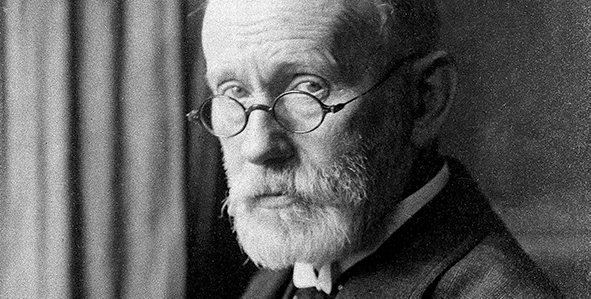Paul Ehrlich, who cured syphilis and fathered the fields of chemotherapy and hematology, died in Germany on this date in 1915. His first major accomplishment, while recuperating from tuberculosis in Egypt, was the development of a diptheria serum, for which his friend and co-researcher, Emil Adolf von Behring, received the first Nobel Prize for Medicine in 1901.
Ehrlich next developed his “side-chain theory,” explaining the immune response of living cells in terms of chemical structures. In 1906 he developed a chemical compound effective against sleeping sickness, and in 1909 he and his student Sahachiro Hata developed Salvarsan, a “magic bullet” against syphilis, which had been a scourge for centuries. (In fact, syphilis is on the rise again in the developing world, with millions of new cases annually, often in tandem with HIV infection.)
Ehrlich’s research was controversial because of conservative social forces that saw sexually transmitted diseases as just punishment for sin. Nevertheless, Salvarsan became the most widely prescribed medicine in the world and remained in use until penicillin was discovered in the 1940s. Ehrlich was awarded the Nobel Prize in 1908.
“Perhaps more than any other disease before or since, syphilis in early modern Europe provoked the kind of widespread moral panic that AIDS revived when it struck America in the 1980s.” -Peter Lewis Allen


























